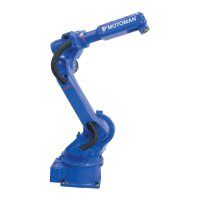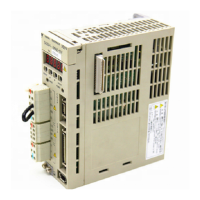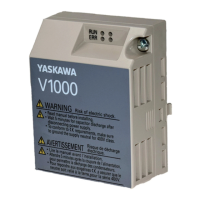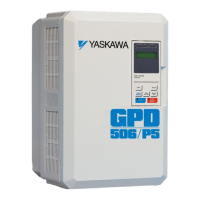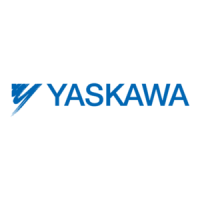How to manually start MLX-R.exe on YASKAWA Control Unit after auto-start is disabled?
- PPhillip GarciaAug 2, 2025
To manually start MLX-R.exe after auto-start is disabled, click on the “Settings” category on the left side of the {Maintenance Operations} screen, select the “Start MLX-R.exe” operation, and click the [Execute] button.
